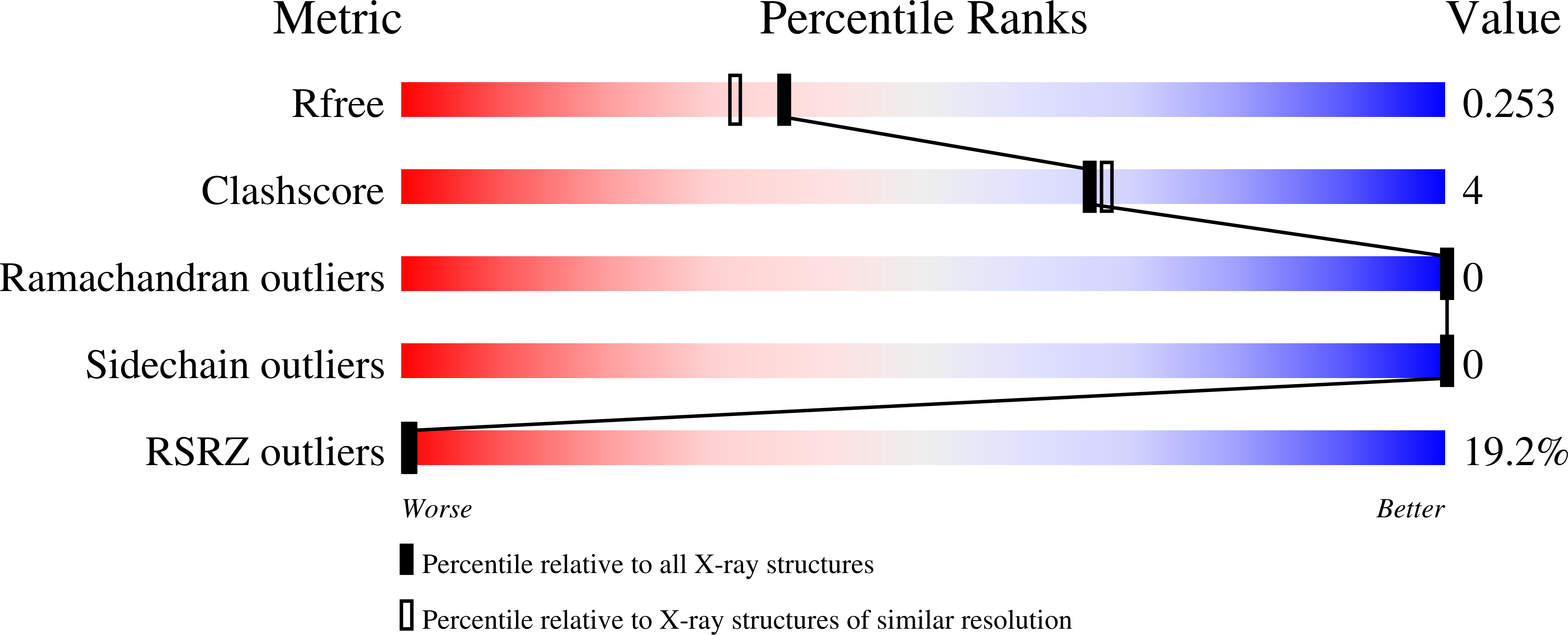
Deposition Date
2021-08-13
Release Date
2022-07-06
Last Version Date
2024-06-19
Method Details:
Experimental Method:
Resolution:
2.00 Å
R-Value Free:
0.25
R-Value Work:
0.22
R-Value Observed:
0.22
Space Group:
C 2 2 21


